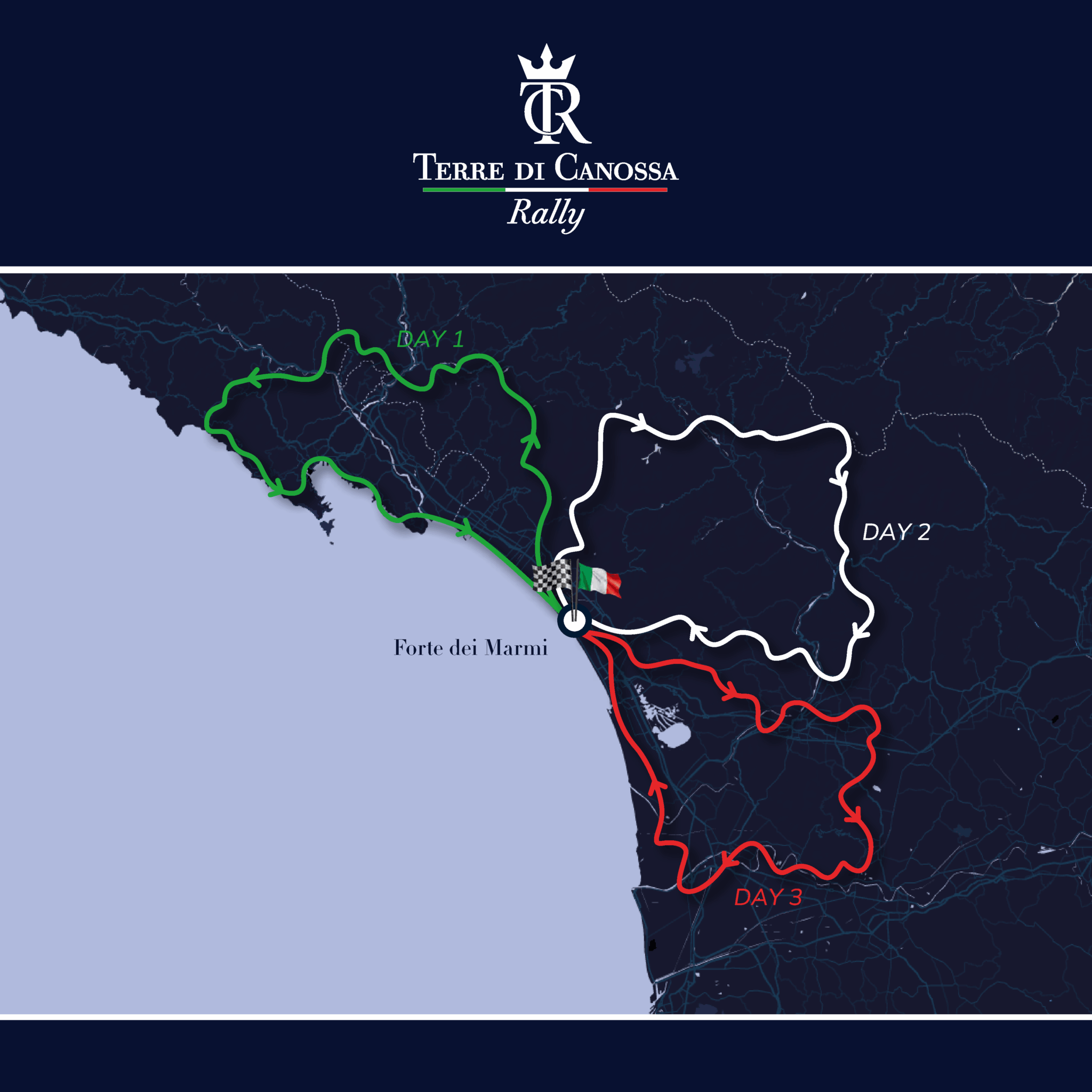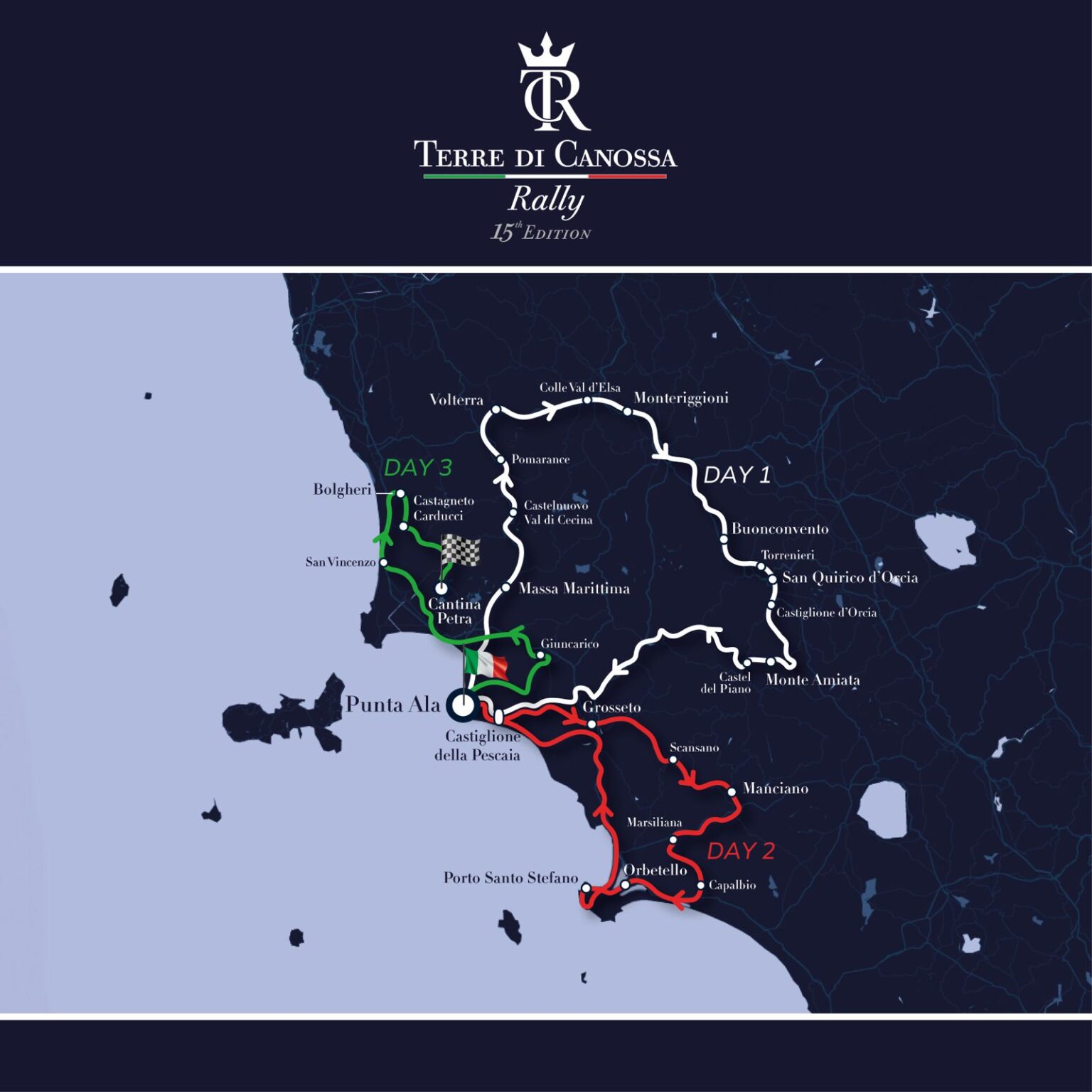Planned with the utmost care in order to find the most enjoyable panoramic roads, the route features every kind of Italian scenery
Start and arrive in Forte dei Marmi, "Pearl of the Versilia" and one of the most glamorous venues on the Tyrrhenian Sea.
The itinerary will reach cross the renowned Marble Road, the fascinating tunnel that leads from the plains to the slopes of the Apuan Alps.
We drive along the Cinque Terre Road and visit the beautiful seaside villages of Liguria.
The route will cross the Apennines, the long mountain range that passes through Italy from North to South, and the Apuan Alps. As usual, the itinerary will offer some challenging mountain passes, as Passo delle Radici and Passo Dell'Abetone.
We will also explore Garfagnana, the 'green island of Tuscany', once part of the Matildic Lands.
Surrounded by the sea in Versilia, one of the most beautiful and famous regions of Tuscany.
The iconic places of the roadtrip Terre di Canossa
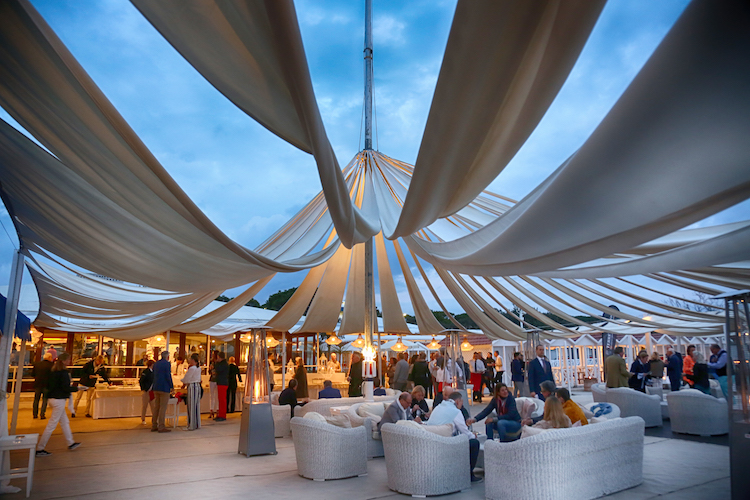
Forte dei Marmi: the heart of Versilia
Forte dei Marmi is one of the most famous and exclusive seaside resorts in the world.
Over the last centuries, Forte dei Marmi has become a very exclusive, world-famous holiday destination with top class shopping and venues.
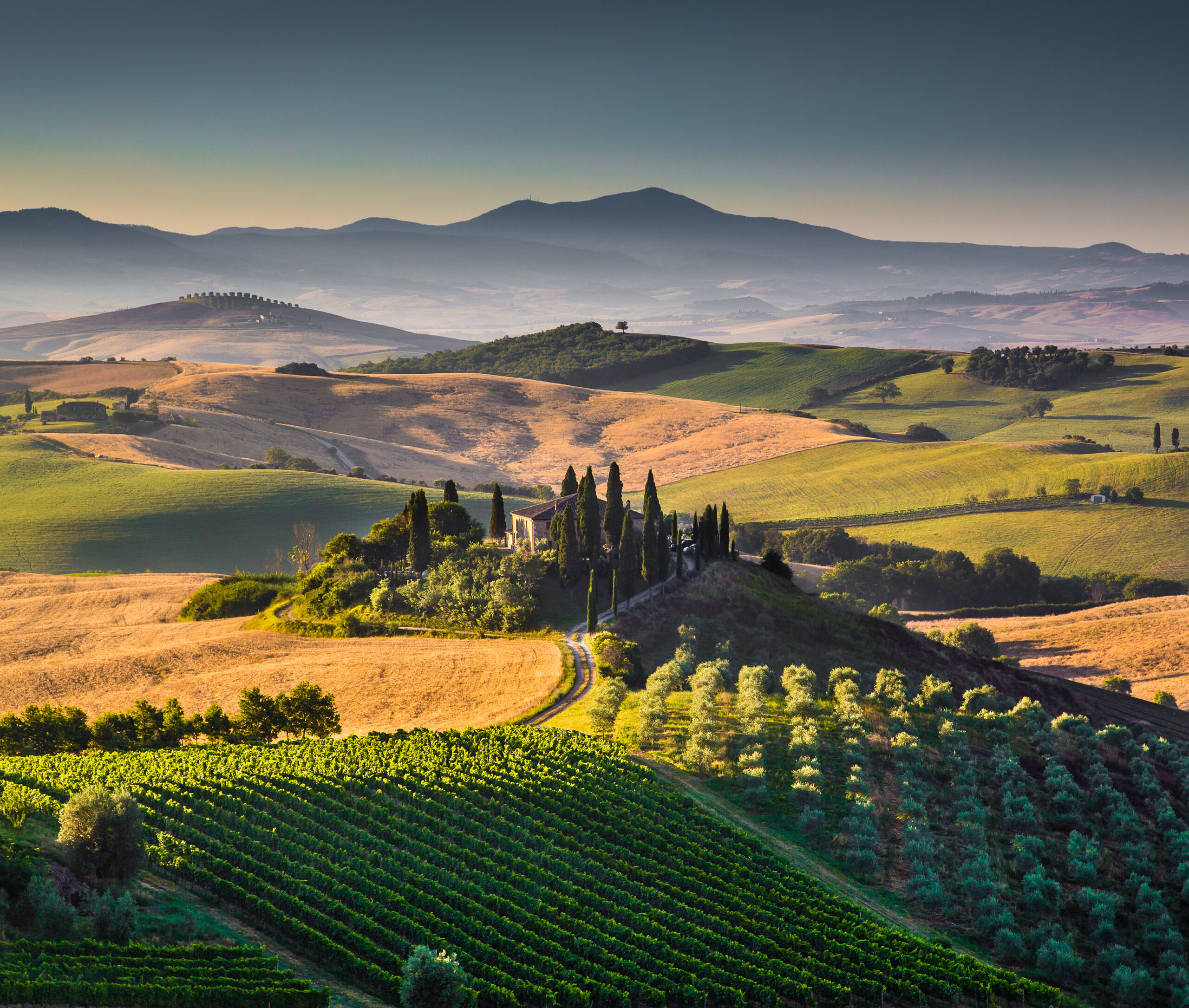
Maremma
Crossing the Maremma, the picturesque region stretching between the beaches of the Tyrrhenian and Ligurian Seas and the rolling hills of southern Tuscany, is one of the highlights of the 15th edition of the Terre di Canossa Rally. This area enchants with its wild landscapes and perfect balance of natural beauty and historical heritage. The Maremma’s hinterland features green hills and vast expanses of vineyards and fields, where medieval villages like Massa Marittima and Pitigliano stand as testaments to a rich agricultural and pastoral tradition. The coast, with pristine beaches such as Castiglione della Pescaia and the nature reserves of Diaccia Botrona and Orbetello, offers a stunning contrast with crystal-clear waters and unique marine life. The allure of this region also lies in its deep-rooted history, dating back to ancient times when the Etruscans and Romans referred to it as the “fertile granary of Etruria.” This area, rich in culture, nature, and sea, remains an authentic and timeless corner of Tuscany.
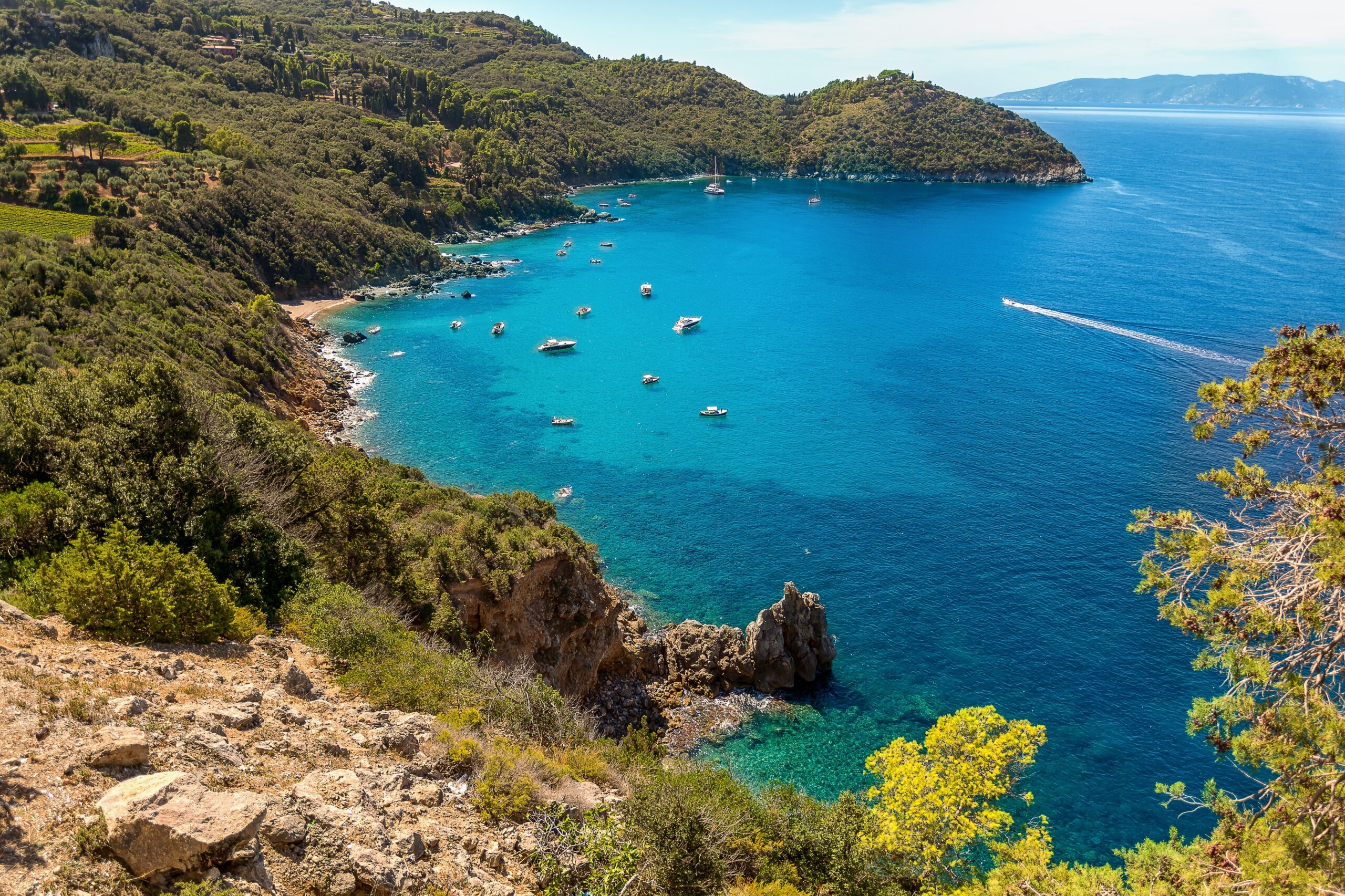
Argentario
The Argentario Peninsula, with its privileged location between the sea and the inland hills, is one of Tuscany’s most captivating gems. This promontory, overlooking the crystal-clear waters of the Tyrrhenian Sea and facing the islands of Giglio and Giannutri, is famed for its breathtaking landscapes, dramatic cliffs, hidden coves, and picturesque villages. Monte Argentario, crowned by two ancient fortresses—the Rocca of Porto Ercole and the Rocca of Porto Santo Stefano—reflects the region’s military past as a strategic outpost. This territory’s natural and historical beauty harmoniously blend, with the sea lapping its coasts and the hinterland offering enchanting trails through olive groves and vineyards. The Argentario is a place where history meets the splendor of nature, making it an essential stop in the 15th edition of the Terre di Canossa Rally.
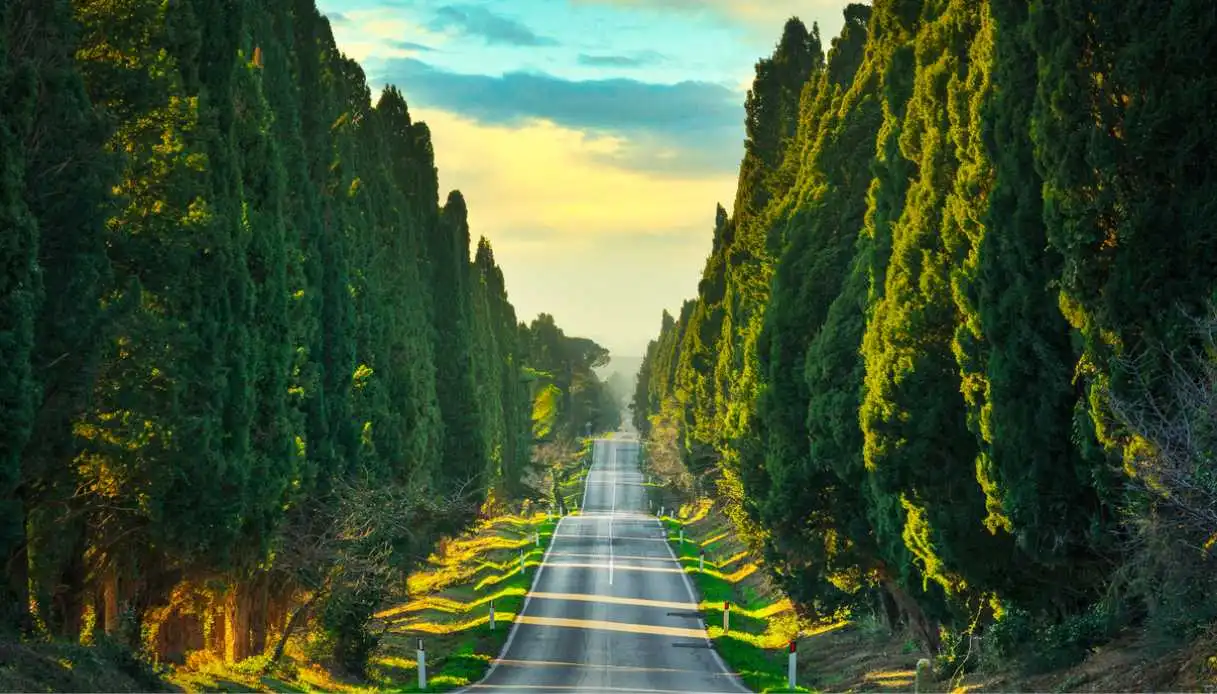
Terre del Carducci
The Terre del Carducci, spanning the Maremma and the Tyrrhenian coast, captivate with their untamed beauty and rich history. This area, which includes places such as the Val di Cornia and the hills surrounding the village of Bolgheri, is inextricably linked to the figure of poet Giosuè Carducci, who spent part of his youth here. The landscapes described in his works, with valleys, cypress trees, and rural scenes, remain today a striking snapshot of the past. Bolgheri, renowned for its “Viale dei Cipressi” (Cypress Avenue), is one of the iconic locations that inspired his most famous poems. The history of these lands dates back to ancient times, with evidence of Etruscan and Roman settlements, but it is the blend of nature and culture that makes this region unique. The Terre di Canossa Rally pays tribute to the Tuscan poet, marking 190 years since his birth and celebrating his legacy as the first Italian Nobel Laureate for Literature in 1906.
Previous editions' iconic places of the Terre di Canossa Rally
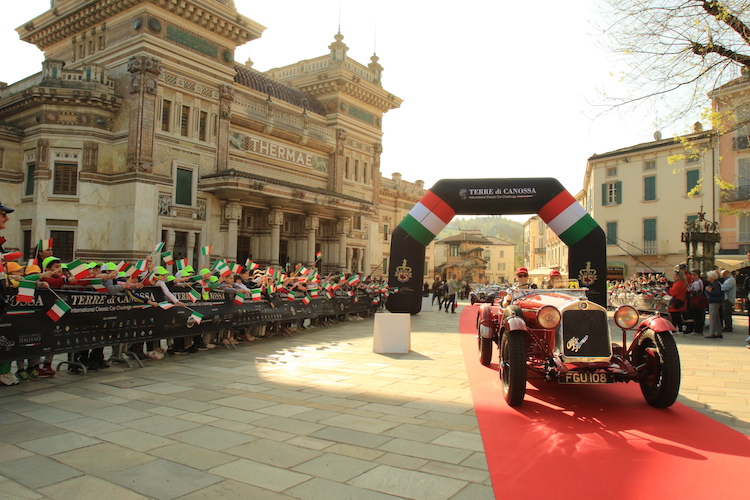
Salsomaggiore Terme
Salsomaggiore Terme, which is situated among the hills of the Parmesan Apennines, is renowned for its thermal waters, but also for the large number of works by the Liberty architect, painter and sculptor Galileo Chini.
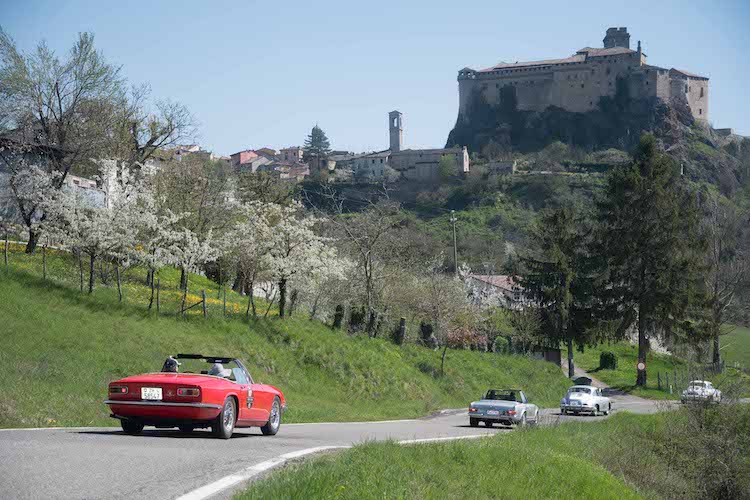
The Castles of the duchy
An icon of the courtly and chivalric romances, the dense network of castles around Parma is a defence system that stretches from the Po river to the ridge of the Apennine.
The strategically placed castles, cornerstones of the domain over the surrounding lands, are connected through waterways to the Po and the Adriatic Sea in the plains, while those in the mountains are perched upon peaks overlooking the routes towards Tuscany and the Tyrrhenian region.
The castles of the province of Parma are one of the most interesting itineraries for the enthusiasts of ancient buildings, art and nature.

Cento Croci Pass
Legend has it that the name of Cento Croci Pass (‘Pass of the Hundred Crosses’) came from the dangerous bandits that operated along the Apennine ridge. During their raids at the end of the 18th century, these villains killed more than one hundred travellers. According to legend, the local authorities had one hundred crosses set up near the pass in memory of those killed, but also as a warning to future generations.
The pass is called ‘Scentu Cruxe’ in the Ligurian language and is located at a height of 1,055 metres above sea level, connecting the province of La Spezia with that of Parma.
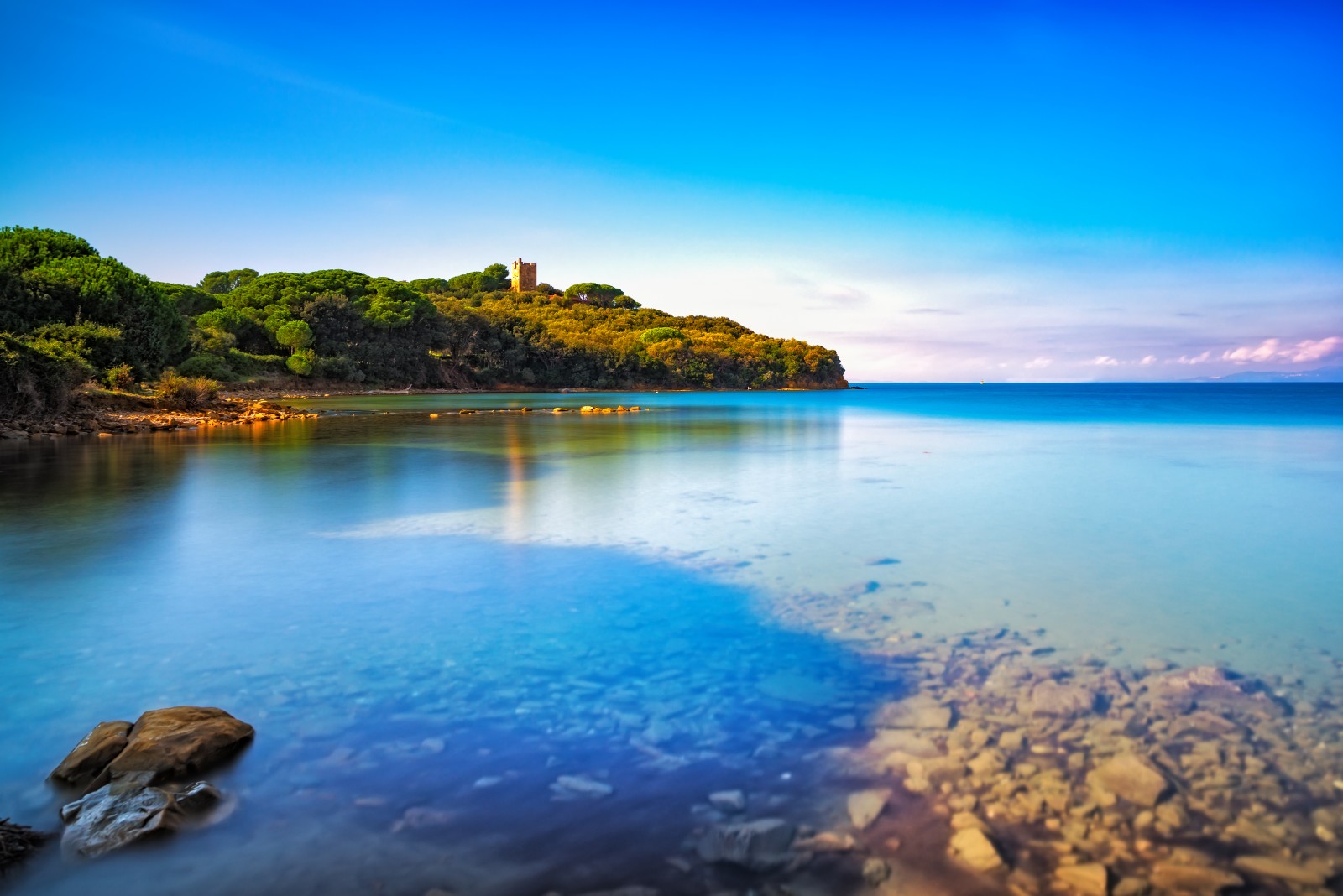
Punta Ala
The heart of the 15th Edition of Terre di Canossa, Punta Ala is one of the most elegant and exclusive seaside destinations in Tuscany.
Located on the southern headland of the Gulf of Follonica, overlooking the waters of Elba Island, and surrounded by dense Mediterranean scrubland and sprawling pine forests, the town is renowned for its long stretches of fine golden sand and its storied sailing tradition.
Punta Ala’s history spans millennia, with roots tracing back to central Italy’s oldest metallurgical production site, dating to the Bronze Age.
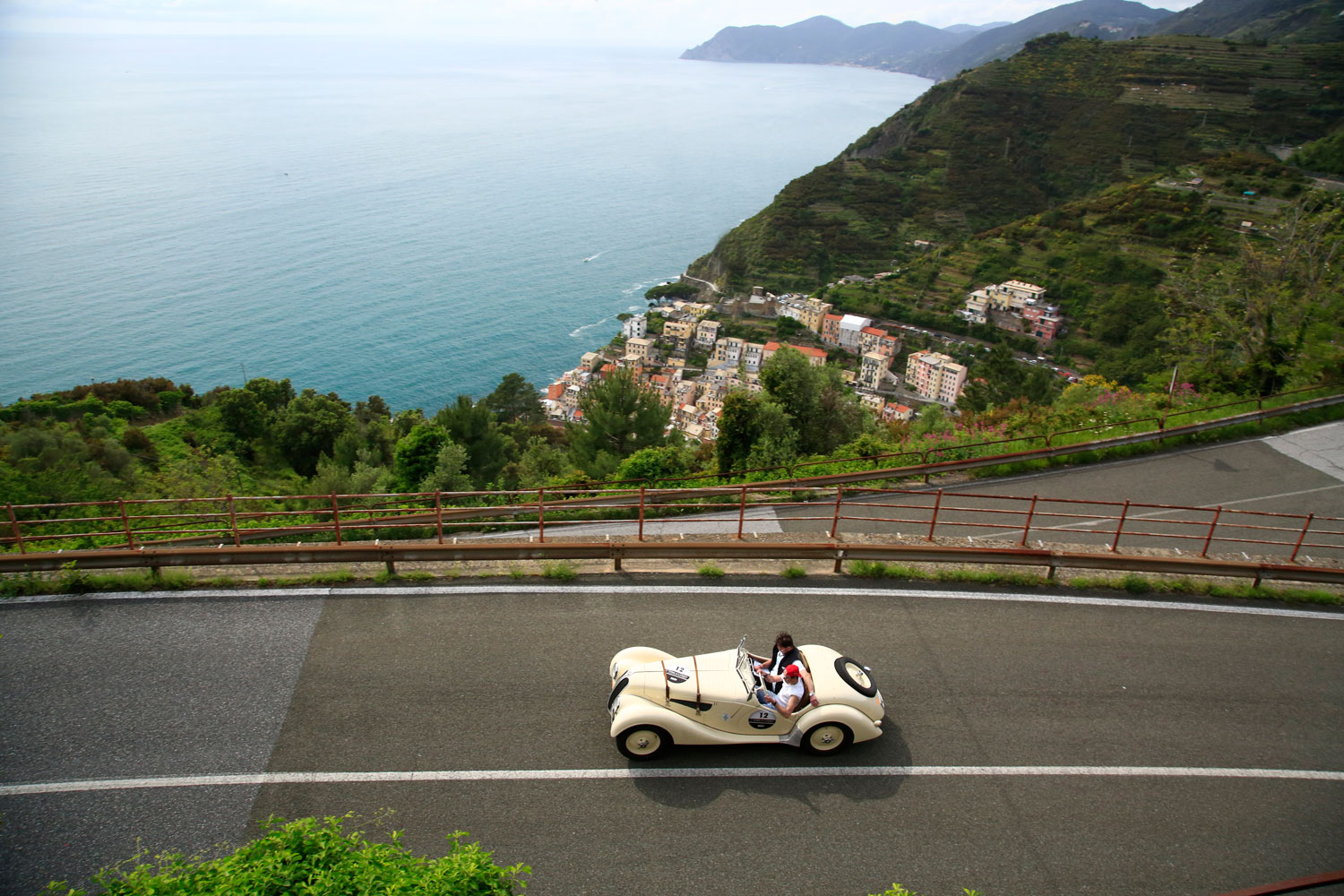
Le Cinque Terre
The Cinque Terre is one of the most beautiful natural Mediterranean areas in Liguria. There are five ancient seaside villages overlooking the sea: Monterosso, Vernazza, Corniglia, Manarola and Riomaggiore.
These are localities known worldwide for their rare beauty and distinctiveness. Located on the Ligurian coast between La Spezia and Genoa, they boast a sea with crystal-clear waters, beaches and rugged coastline of great charm.
The Cinque Terre were included on UNESCO’s World Heritage List as a “cultural landscape” in 1997.
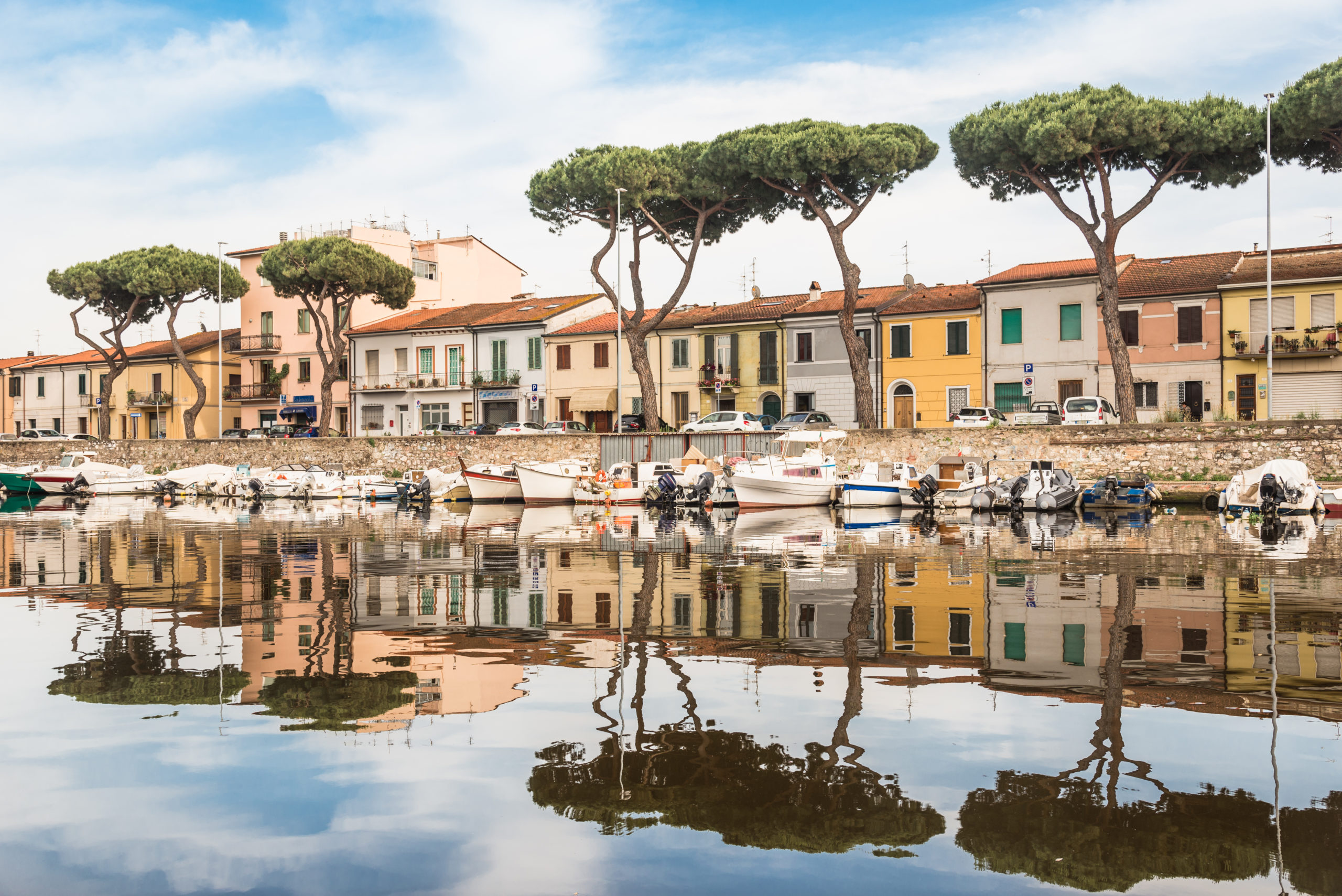
Viareggio
Born as a sea gateway to facilitate trade in the city of Lucca, Viareggio is the most important city in Versilia and owes its name to the Via Regia, the road which in the Middle Ages went from the City of the Walls to the sea.
The evolution of Viareggio, from a simple port to a city, was not rapid. However, the city’s vocation as a tourist destination was immediately clear: Viareggio immediately became a fashionable resort, so much so that in 1828 the first bathing establishment was inaugurated.
The city is also known for its Art Nouveau architecture, but what made it famous all over the world is the Carnival. Every year since 1873, allegorical papier-mâché floats have paraded in the city center, with shows that attract tourists from all over the world.

The Lake of Massaciuccoli
Already known by the Romans as the lake of the Papirian Pits, the Lake of Massaciuccoli is famous for being the favoured hunting ground of Luccan composer Giacomo Puccini.
Today, the lake lost its former brackish lagoon look and is considered a typical lake-pond, due to its depth and salinity.
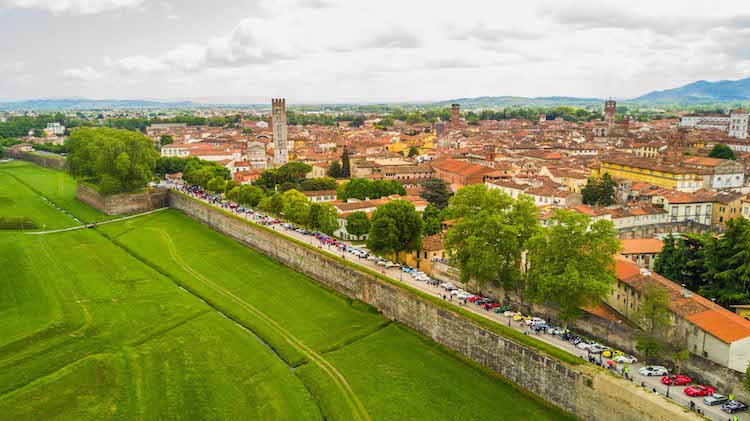
Lucca
The birthplace of great composers such as Giacomo Puccini and Luigi Boccherin, Lucca is one of the few cities of the world that kept intact its fortified walls, 4.450 kilometres long.
The historical city centre is well preserved, and has numerous medieval churches, towers, bell towers, Renaissance palaces and monuments, all of which are in complete harmony with newer structures. All the cars participating in the Terre di Canossa will drive on the ancient walls of Lucca.
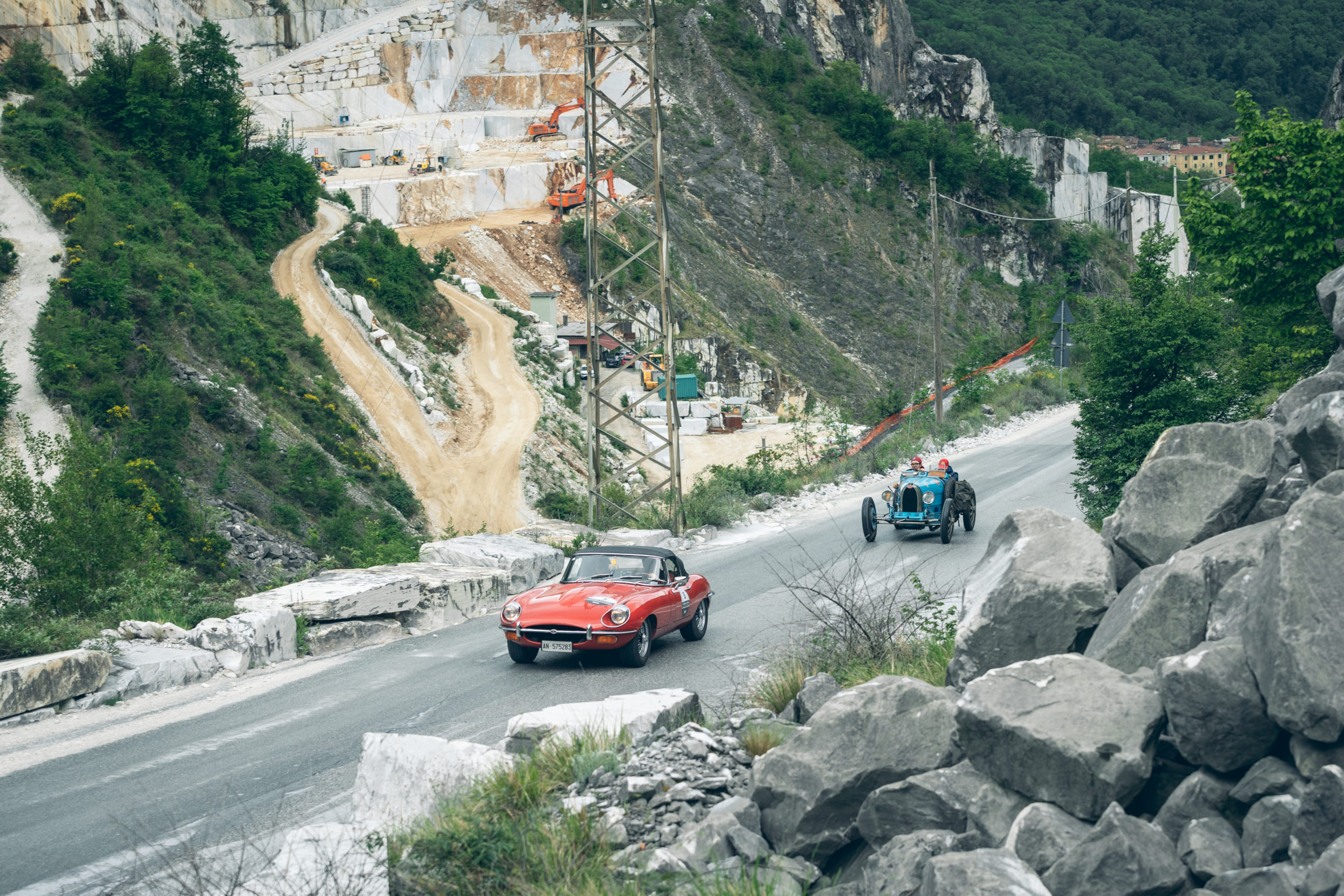
Marble Road
The Strada dei Marmi is an impressive engineering work that extends from the provinces of Lucca and Massa-Carrara up to the Versilia coast. Tunnels and viaducts follow one another for over five and a half kilometres, in a suggestive landscape made up of vertiginous, extremely white and shiny walls.
This fascinating itinerary still retains numerous and evident material signs linked to the mining, processing and marketing of the precious mineral resource.
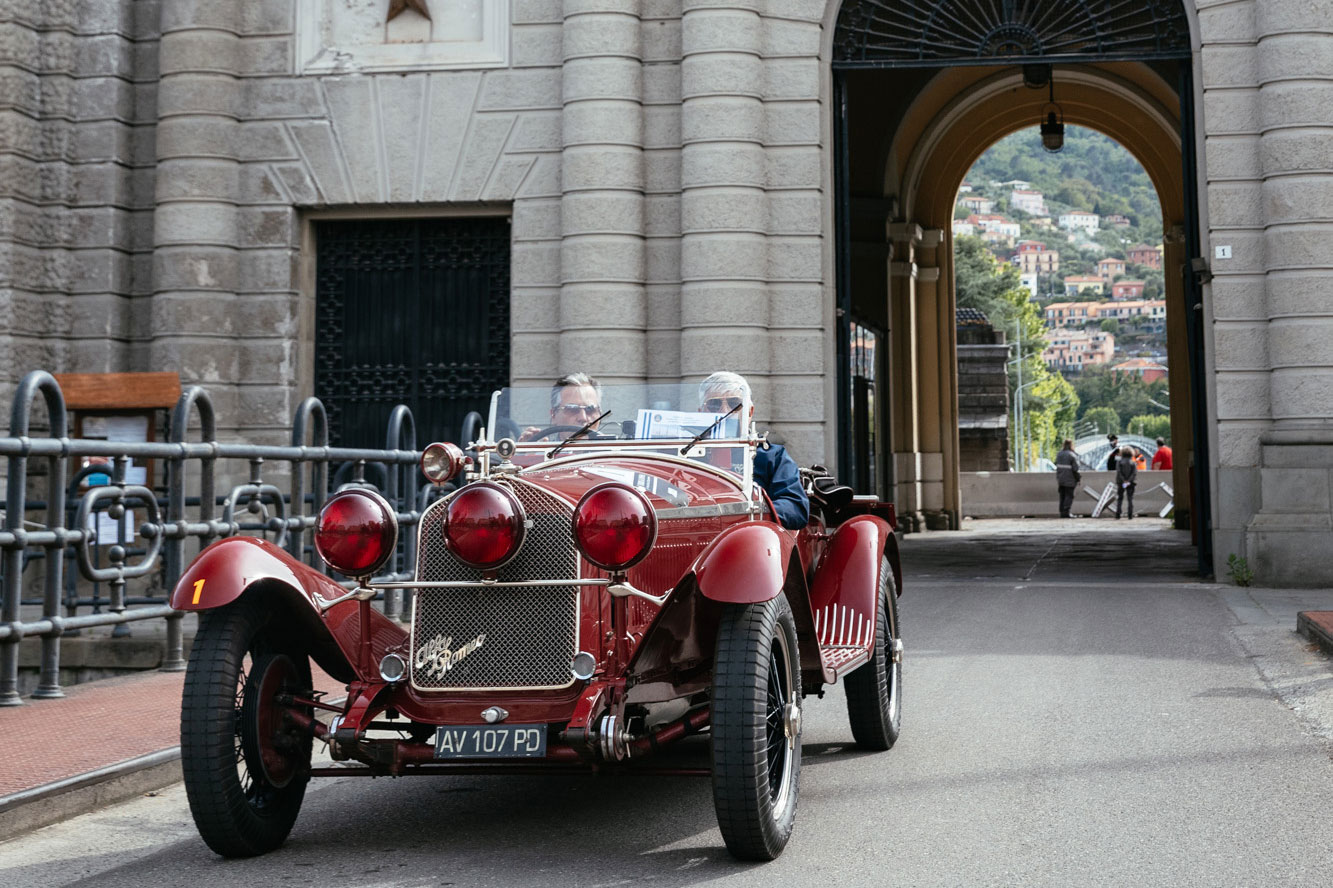
The military Arsenal of La Spezia
The operations undertaken at the arsenal at La Spezia went through various changes as a result of wars and then new developments in technology. The arsenal focused primarily on building ships for the Italian navy, in addition to machinery, arms, buoyancy pods and battle systems.
It has continued to adapt to changes in demand and the demise of shipbuilding led to the current phase of the arsenal’s history.
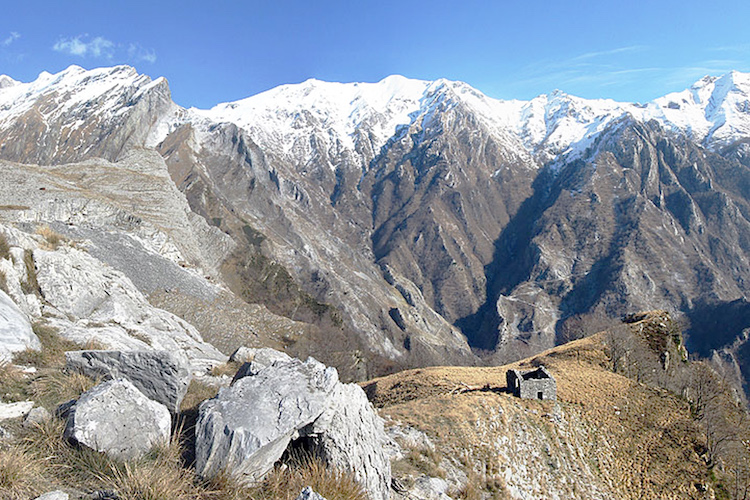
The Apuan Alps
The Apuan Alps, known since Roman times for their bone-white marble, are the wonderful background of Carrara, Forte dei Marmi and the whole Versilia.
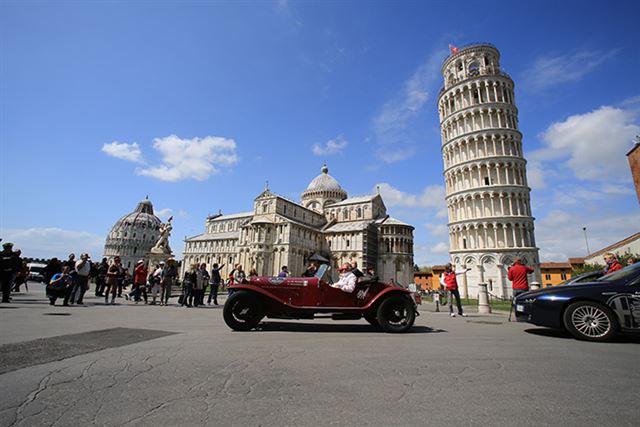
Pisa
Pisa stands on the banks of the river Arno. Its treasured buildings bear the legacy of its glorious past as a Maritime Republic. Campo dei Miracoli – a UNESCO World Heritage site – is an invaluable landmark with the most famous icons of this city: the Cathedral and the Baptistery, the Monumental Cemetery and the Bell Tower – better known as the Leaning Tower of Pisa.
The old city centre has Renaissance buildings and churches, and wonderful Piazza dei Cavalieri is an impressive spectacle encircled by its 16th century palaces.
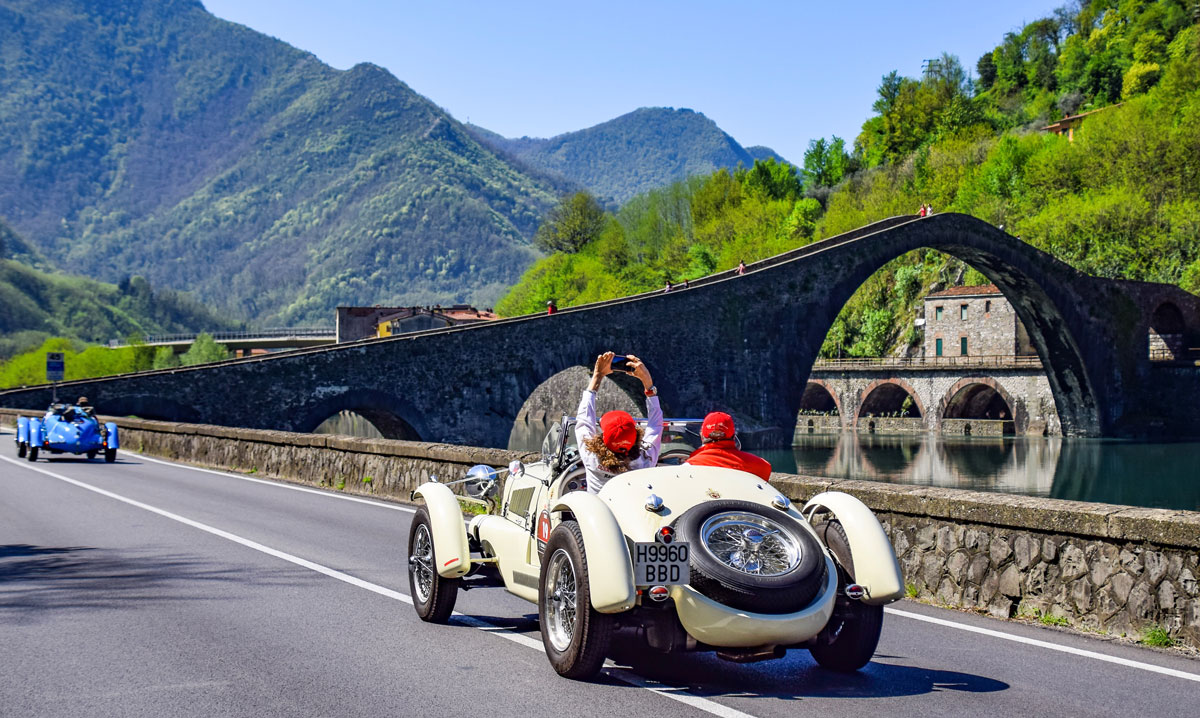
The Garfagnana
The region enclosed between the Apuane Alps and the Tuscan-Emilian Apennines, called Garfagnana, offers a wide range of landscapes, like the inaccessible and uncontaminated mountains, rocky on the Alps and grassy and gentler on the Apennines, which become beautiful hills at lower heights.
The abundance of water characterizes both the climate and the environment of this area, making it green and lush, so much so that the Garfagnana is called the green island of Tuscany.
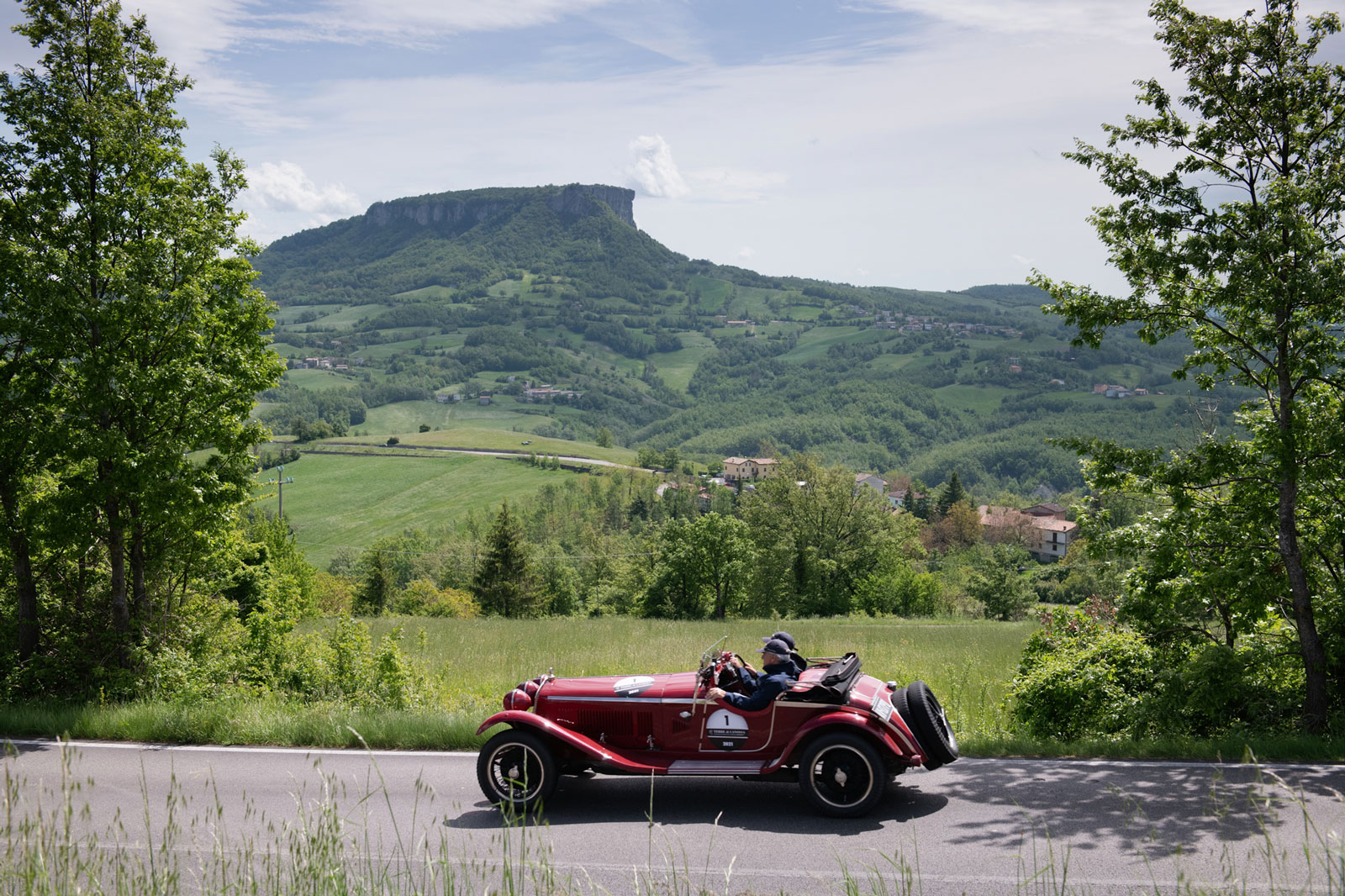
The Tuscan-Emilian Apennine National Park
Better known as the “Parco del Gigante” (Park of the Giant) it is noted for its luxuriant vegetation. You can also find castles, villages and mediaeval towers, archaeological sites, and burial grounds, the hot springs of Quara, important country houses and residences.
Between the plains and the Tuscan and Ligurian sea coast, the Apennines rise in a long line of more than 2000 metres and link Europe with the Mediterranean.
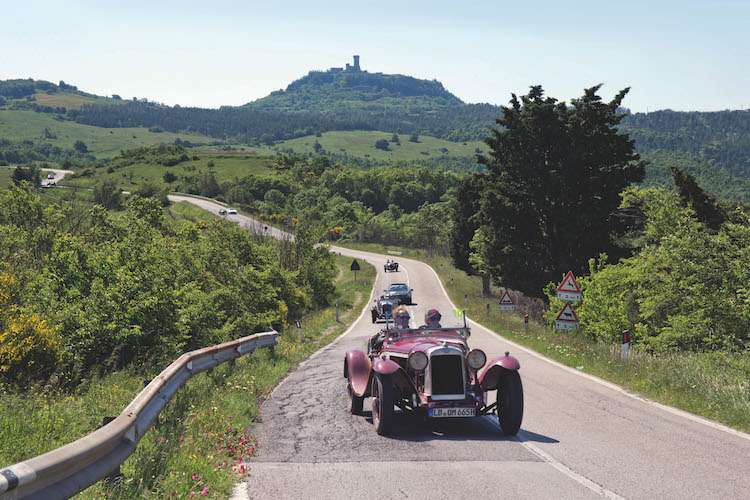
The castles of Matilde di Canossa
The imposing defence structures the teams will encounter as they cross the Apennines allowed Matilde di Canossa to counter the frequent attacks of Emperor Henry the 4th, and became a symbol of her authority when she became Queen of Italy.
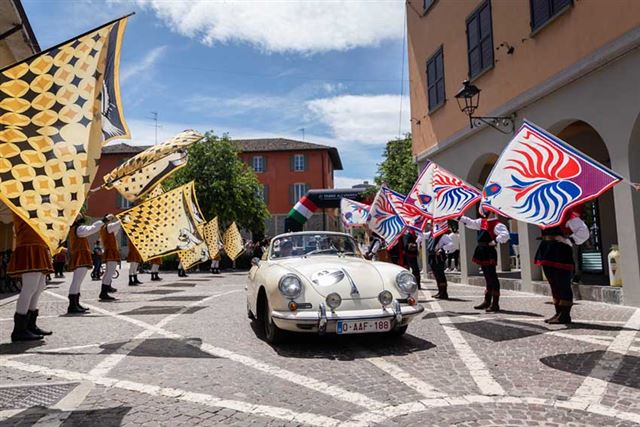
Quattro Castella
On the first range of the Reggiano Apennines, on four adjoining identical hills, stood other fortified settlements dating back to the 10th century.
These were the castles of Montevecchio, Bianello, Montelucio and Montezane, notable structures which held particular strategic importance.
Among these, only Bianello is still standing. All that remains of the others are a few fragmented ruins.


